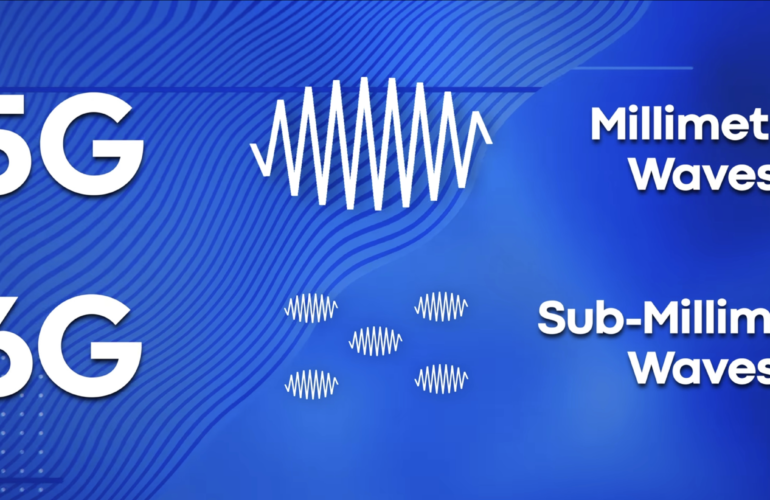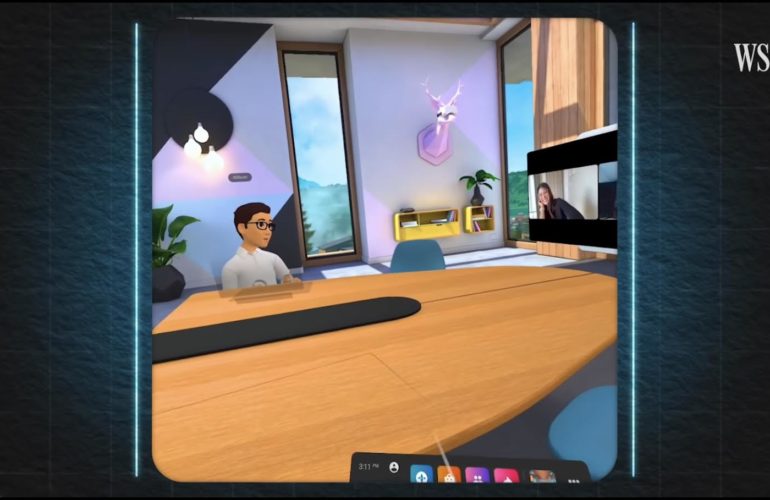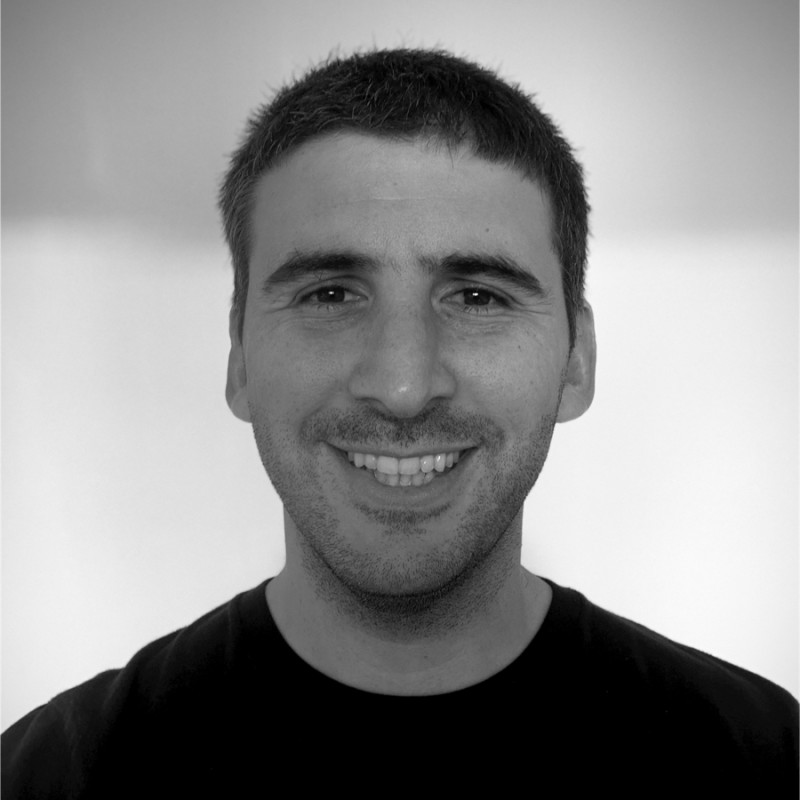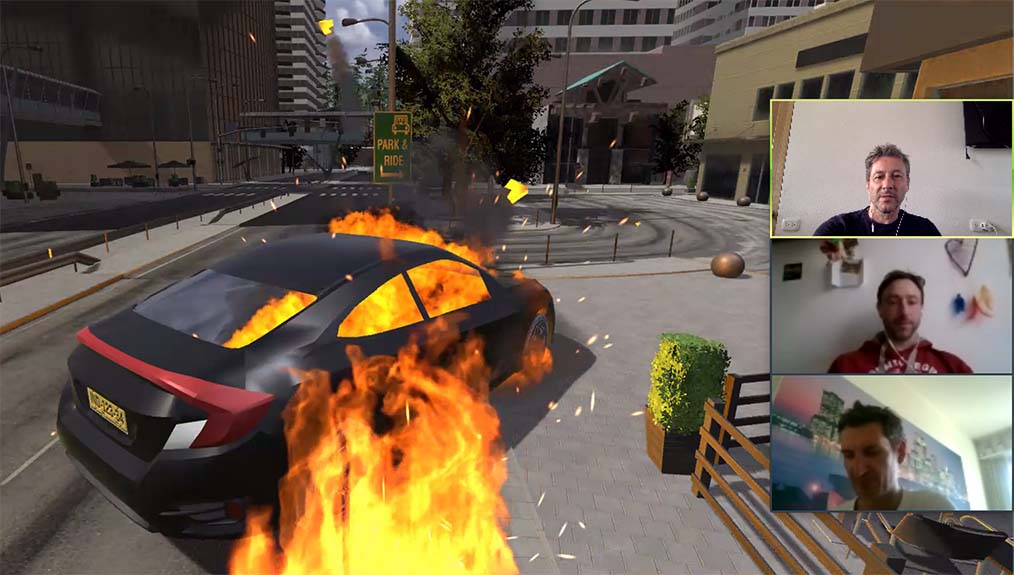What will be the impact of 5G and 6G on education?
What could be the impact of 5G and 6G on education in your company?
With 6G, the Internet of Things can reach its true potential, for example with cars communicating reliably with each other to coordinate the road traffic. Augmented Reality can also become part of our daily lives.
This new technology can then make the Metaverse a normal tool for every day work and schools. We will be able to evolve seamlessly in virtual worlds and experience different scenarios to learn, to make mistakes and improve ourselves.
This video gives an interesting overview of the evolution of wireless telecommunication networks, from 0G – yes it exists! – to 6G.
For example, did you know that:
- Every 10 years, there is a new generation of wireless networks. Speed increases drastically and so does power consumption.
- 0G: that was for the very first “mobile” chunky and bulky phones.
- 1G: the first time that the general public could have mobiles phones. They were quite big, if you can remember… 🙂
- 2G: do you remember your old Nokia phone? That’s the first time you could also send SMS.
- 3G: up to 50 times faster than 2G. Without 3G, no Uber or Instagram.
- 4G: 50-500 times faster than 3G.
- 5G: forget the “loading” time. Your experience becomes seamless! However, 5G uses millimeter-waves. They are very small and can be easily blocked – by a wall or a tree for example. Therefore, you need more antennas/transmitters.
- 6G: is scheduled for 2030. It will be fast enough to download 100 hours of Netflix in one second! However the 6G waves will have to be even smaller than the 5G millimeter-waves.
Large companies such as Samsung and Qualcomm strongly invest in new generations of wireless networks. Indeed, not only does it provide a better experience to users and open new applications, it also gives them an opportunity to sell new products. They were building 5G in 2013, 9 years ago!
Source: Mrwhosetheboss








